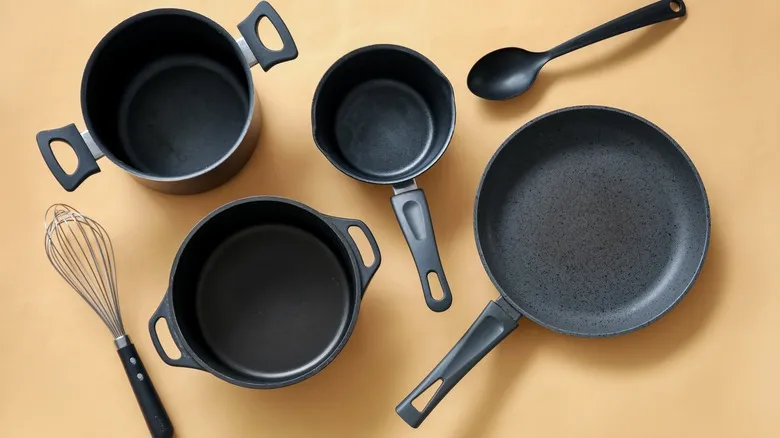It's not the name, it's the material that matters
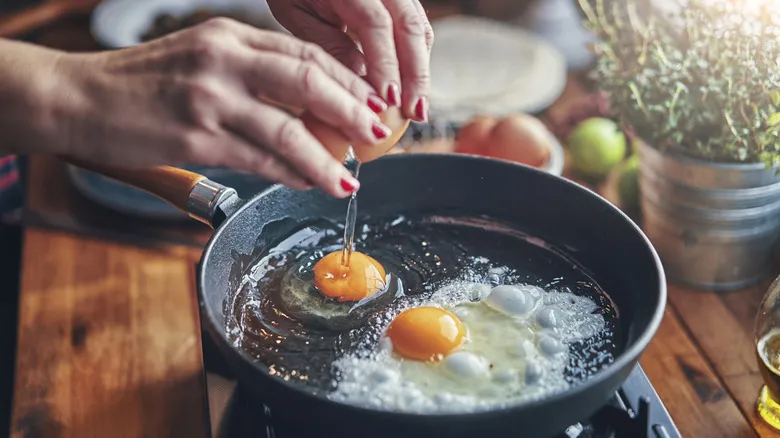
Now that we've clarified that "skillet" and "frying pan" refer to the same item, the main consideration is the material. Cast iron skillets are highly valued for their exceptional heat retention, making them ideal for searing steaks, frying crispy chicken, or baking that Instagram-worthy cookie skillet. Their ability to transition seamlessly from stovetop to oven adds to their versatility for recipes that require both cooking methods. However, cast iron does need to be seasoned to maintain its non-stick properties and prevent rust.
In contrast, non-stick frying pans are perfect for low-fat cooking, thanks to their easy-release coating that simplifies the preparation of delicate items like eggs and pancakes. They are excellent for quick meals, but the non-stick coating can degrade over time, particularly with exposure to high temperatures.
Stainless steel pans strike a balance between the two. While they lack the non-stick feature, they excel at high-heat cooking techniques such as browning, sautéing, and deglazing. Stainless steel pans are robust, heat up quickly, and can develop a pseudo-nonstick surface with proper preheating and oiling.
Ultimately, whether you're frying fish in a non-stick pan, searing meat in stainless steel, or baking a gooey cookie in cast iron, the most important factor isn't the name but rather the material that best meets your cooking requirements!
Recommended
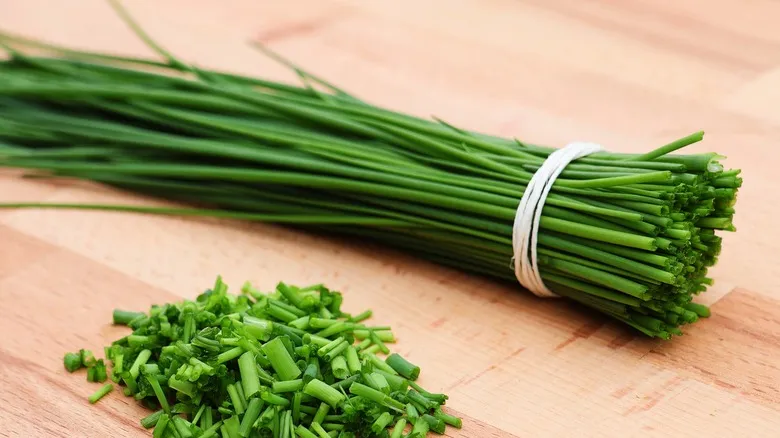
You're Probably Slicing Your Chives Wrong
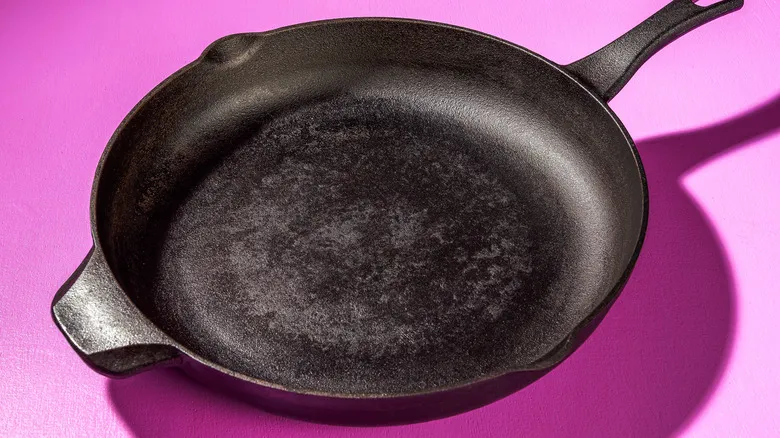
Why Acidic Foods Are A No-Go For Cast Iron

Is It Better To Sear Foods In A Cast Iron Or Non-Stick Skillet?
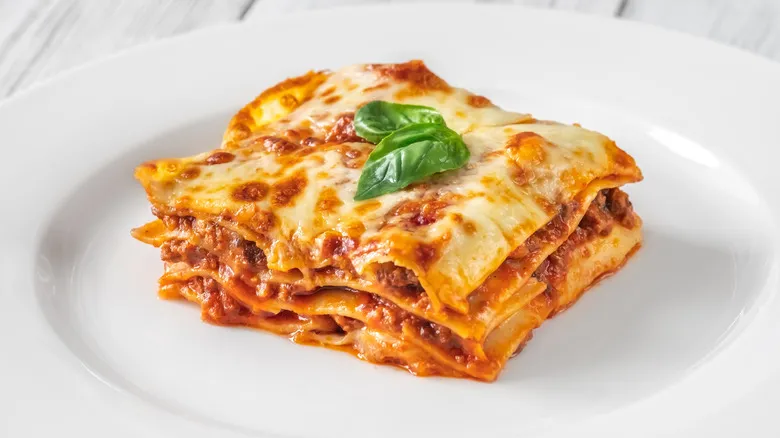
The Bundt Cake Hack To Try On Your Next Lasagna
Next up

